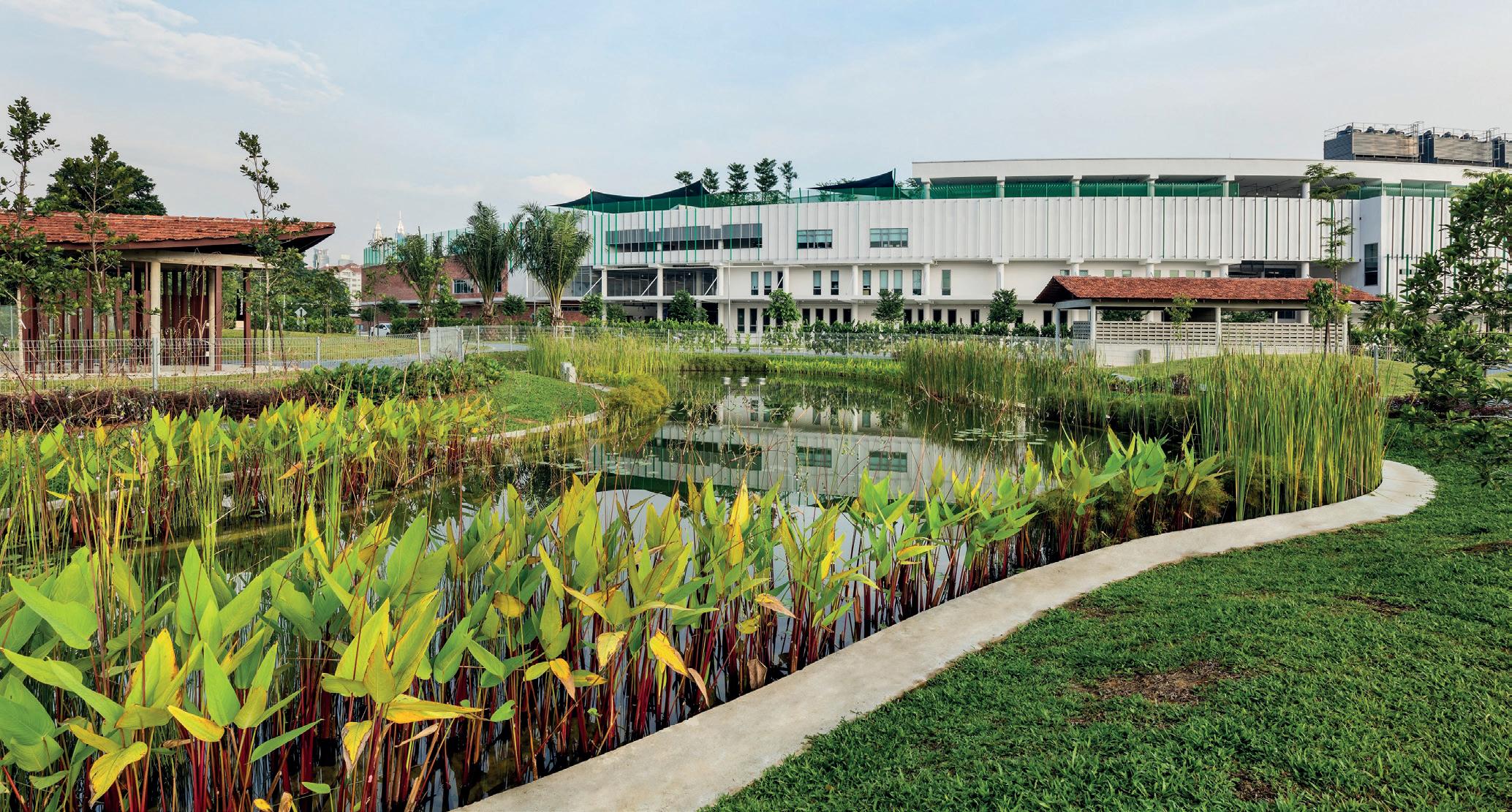
4 minute read
How to get the most out of lesson observations in an international school
Louise Simpson shares why she has taken a different approach to lesson observations in her school
As is the case in international schools all over the world, our students often move around during the course of their education, changing schools, cities and countries as their parents’ jobs change. In addition to this, a number of students in a class may also be getting to grips with a new language and a new curriculum. In this context, carrying out valid lesson observations can be somewhat complicated. It can be difficult for an observer to judge, for example, whether the teacher is struggling to deliver a great lesson that engages children. Or whether it could be the recent intake of students new to learning at such a high level in English that is holding engagement back. It is for these reasons that since I became head at St Paul’s School in Brazil, we have taken a different approach to lesson observations.
Technology to support lesson observations
For us, the first step in improving the lesson observations process was to develop unique lesson observation
frameworks. The same template doesn’t work for every lesson, so we created a series of lesson observation templates to ensure that the right one is available in a variety of situations. A year nine sports lesson will have a very different set of criteria than an IB lesson which focuses heavily on elements such as collaboration. The observation is much more valid if the observer is looking for the right elements from the word go, so our database of templates needs to reflect this. Observers can use the templates digitally or download them and print to take to lessons.
Scrapping grading lessons
I also made a recent decision to move away from grading lessons as I found that it wasn’t benefitting teachers. I know that there are strong views on both sides of the argument, but for us this was the right move. I brought in this change because you can often see excellence in a lesson that overall wasn’t necessarily excellent. And you can also see some mediocre practice in a lesson which all together creates an excellent outcome.
Having to mark one lesson as a ‘one’ and another as a ‘two’ does not provide good feedback to staff. What is helpful to staff is always being able to see something positive. We always emphasise what went well in the lesson as well as areas for development. My view is that even if the lesson is amazing, there is always room for improvement. We have to think about what the next step is for that teacher. If the lesson was brilliant, maybe our feedback would simply be to share the lesson with others.
A two-way dialogue linked to development
I have found that lesson observations work best when there’s a two-way dialogue between the teacher and observer. With the system we use from Blue Sky Education, observers can upload feedback straight away. Then staff can respond online, and we always offer teachers the opportunity to discuss any feedback in person. It’s important to recognise that there is no point observing lessons if the information isn’t then used to inform staff development and CPD. We allow staff to highlight online any training they think they need. Centrally we can then see if there are any trends developing or maybe a requirement to invest in training for the whole team. It means our staff are at the centre of their own development journey.
Whole school approach
This is relevant for all staff too. I was keen to involve all departments and levels of seniority, from academic teachers to sports coaches and from senior leaders to teaching support staff, part-time and full-time. After all, opportunities for development are for everyone, whatever their role in the school. It’s a long way from when I took on the role of head, when each member of staff had an individual appraisal from the head. With over 200 members of staff, appraising each one on a one-to-one basis meant that many appraisals were being delayed and staff were not always getting the feedback they needed. It was a much too time-consuming process.
Each member of staff still deserves a one-to-one talk about their role and their development, but I wanted to have a more devolved system – one which allowed middle leaders to develop their leadership, coaching and mentoring skills and manage their own direct reports. I reshaped the leadership structure and put in place an annual appraisal cycle. Now everyone is appraised every year by their line manager, which is a huge improvement. These reviews have also been standardised, with room for flexibility, with everyone identifying objectives and then a training programme implemented which reflects both the individual needs and the needs of the school.
This new way of working is making a world of difference to our teachers – and that’s a great start.










